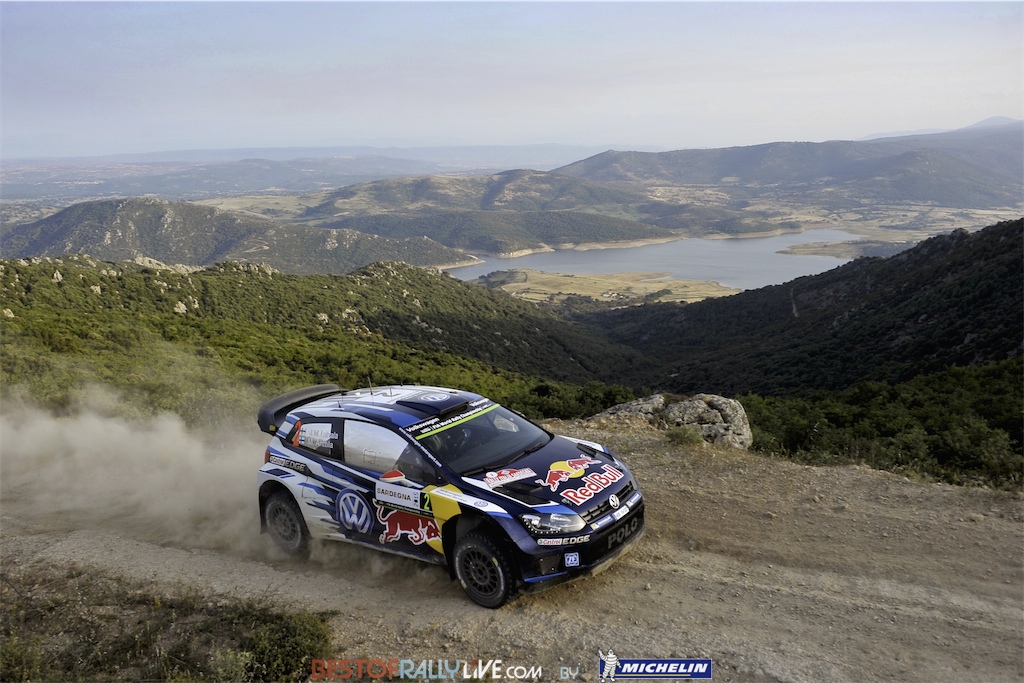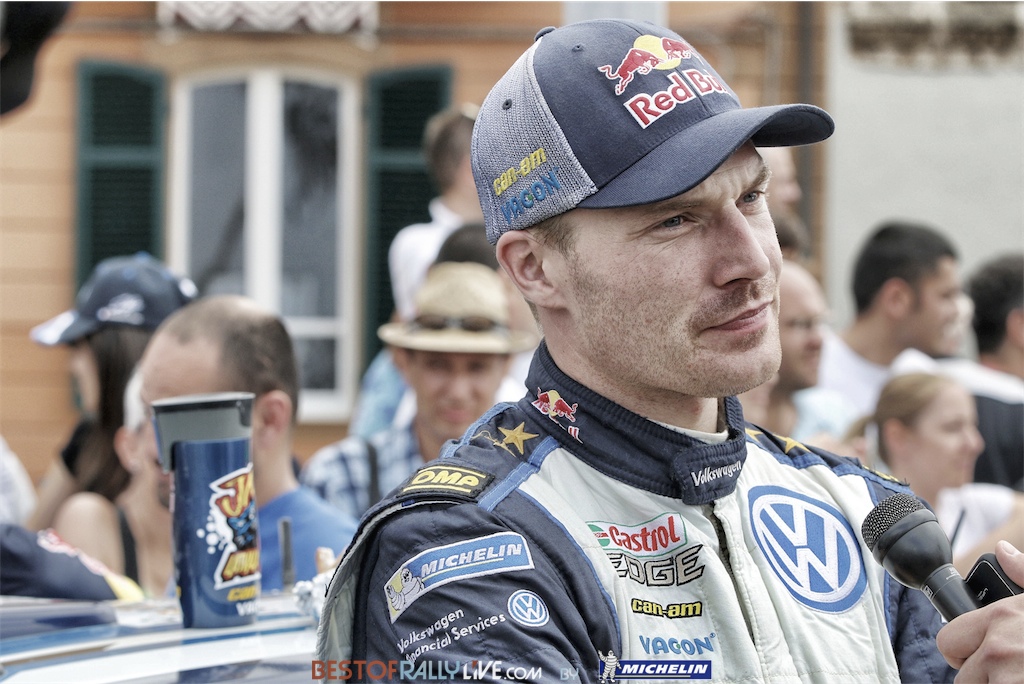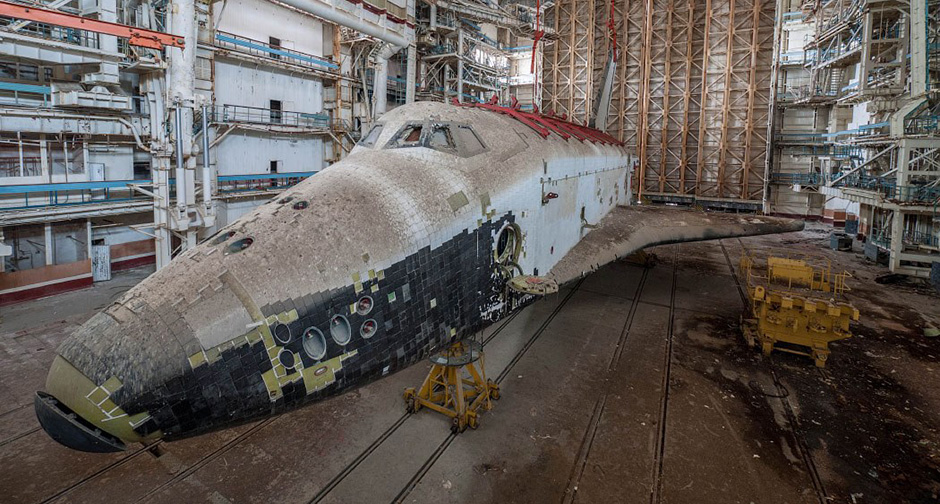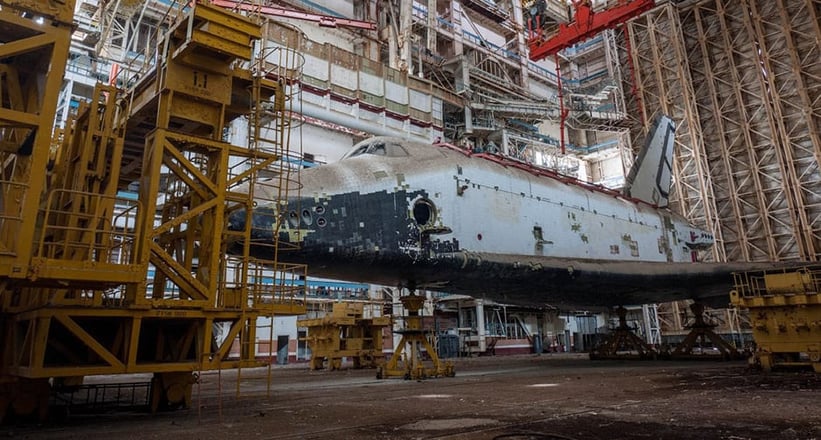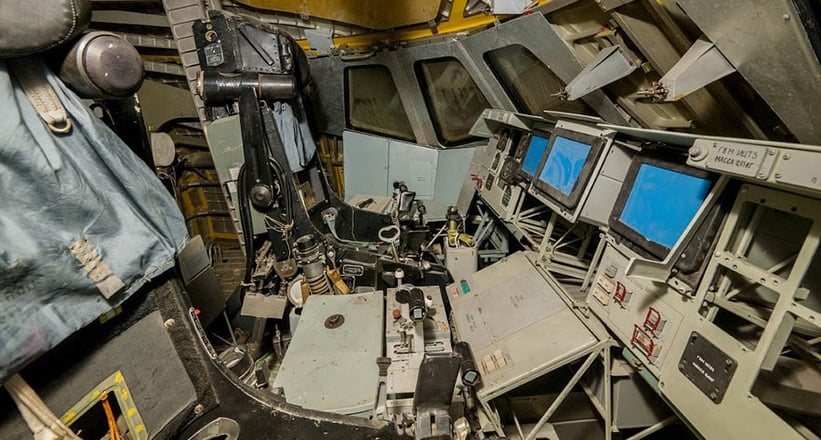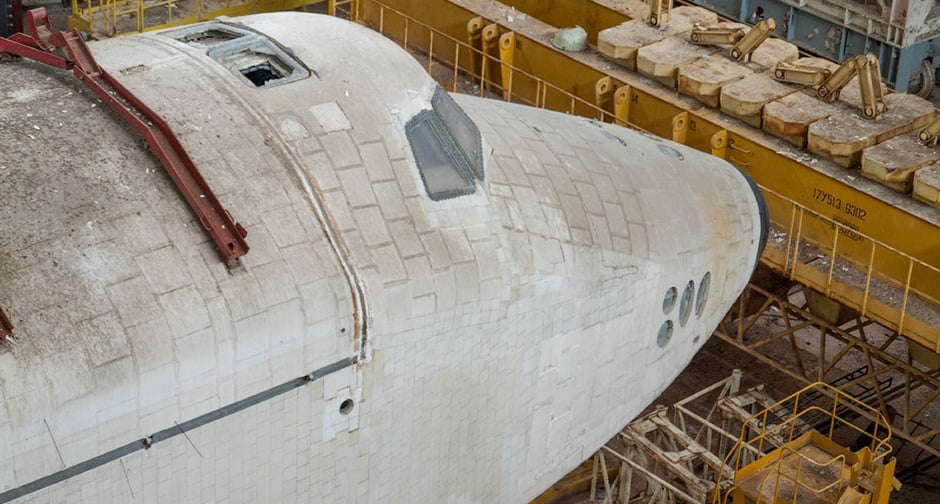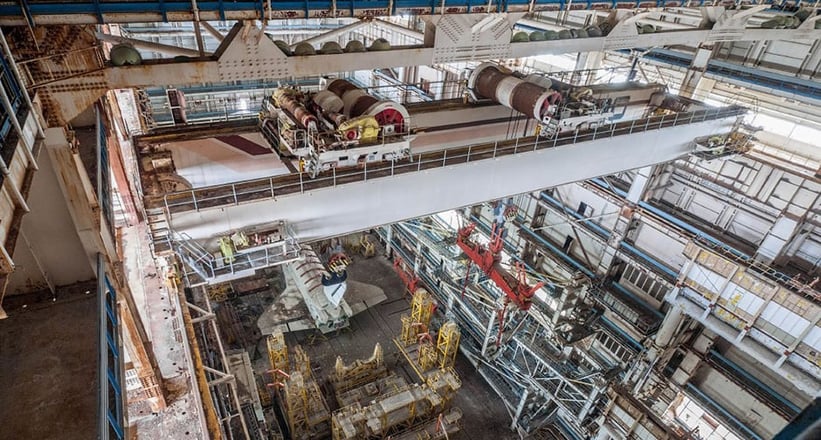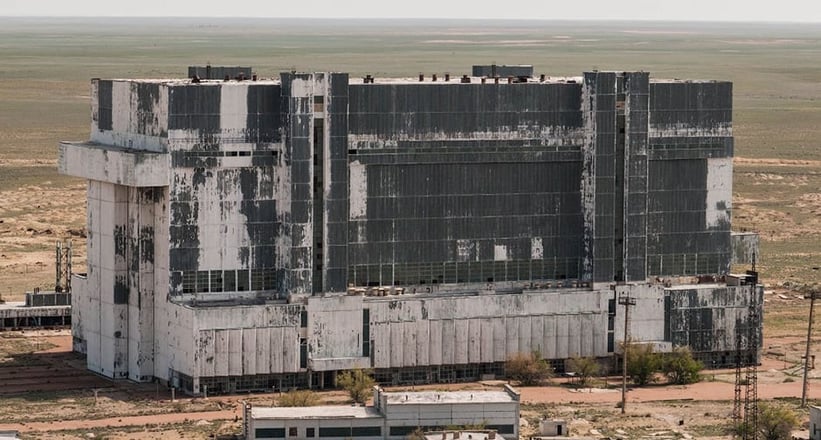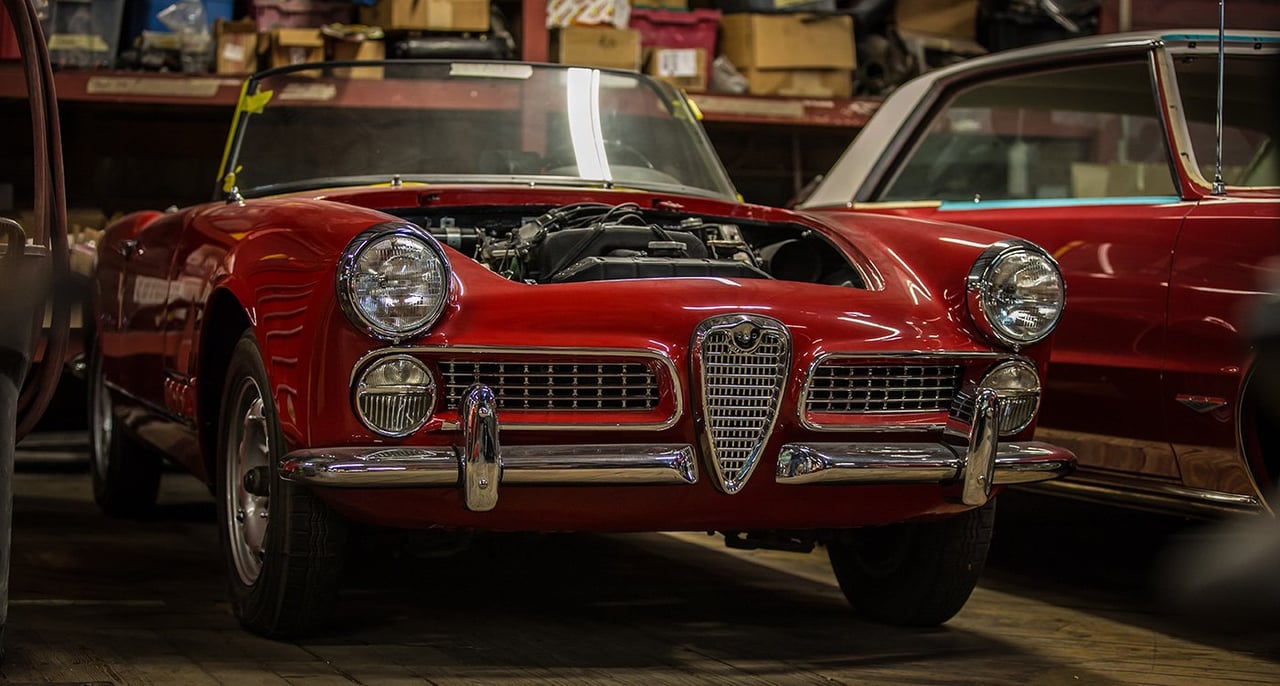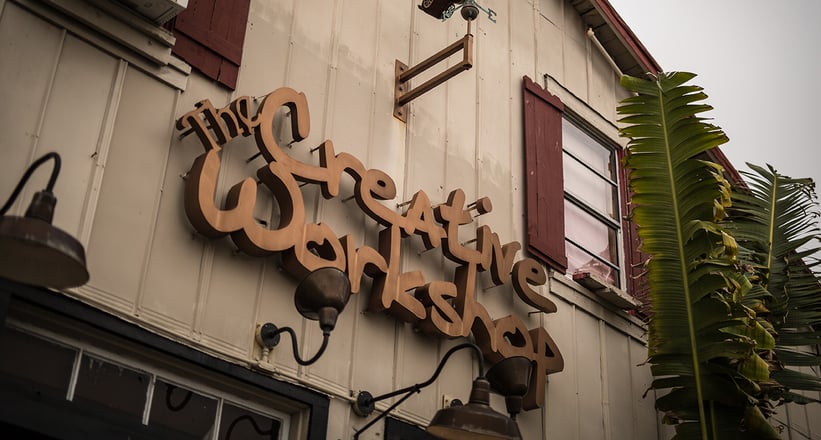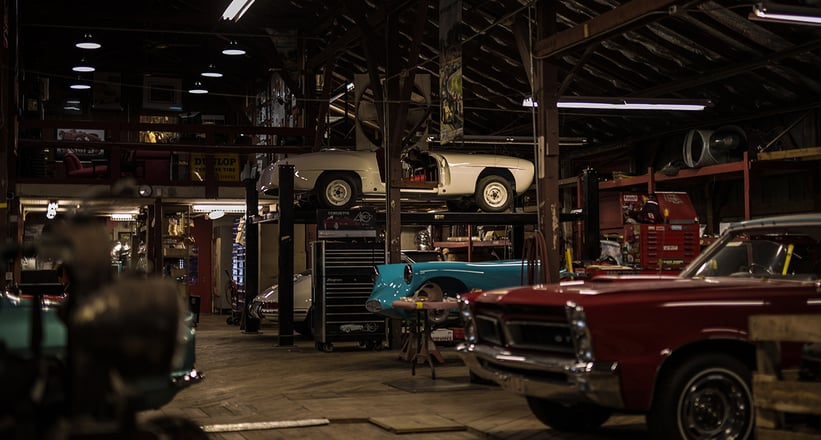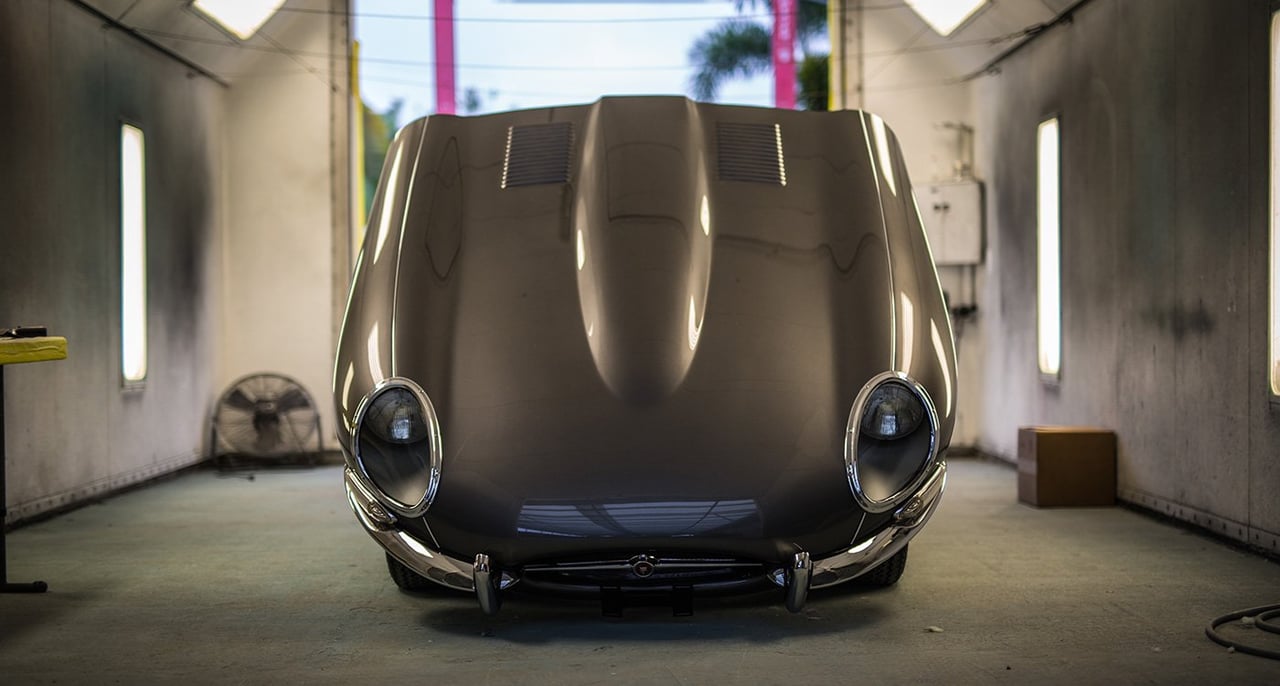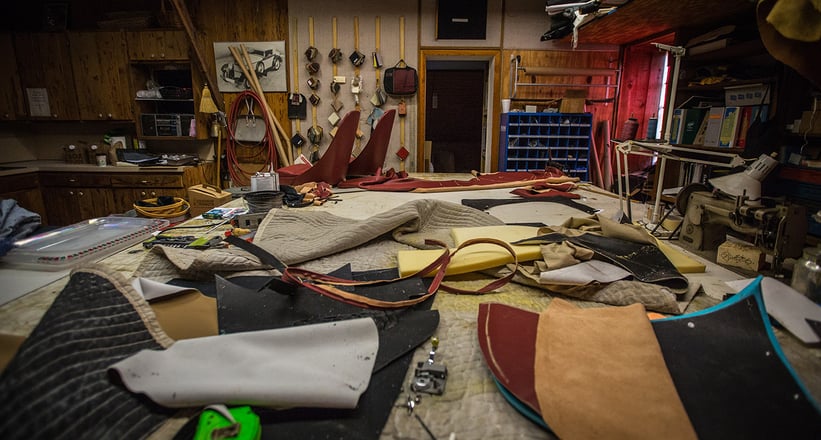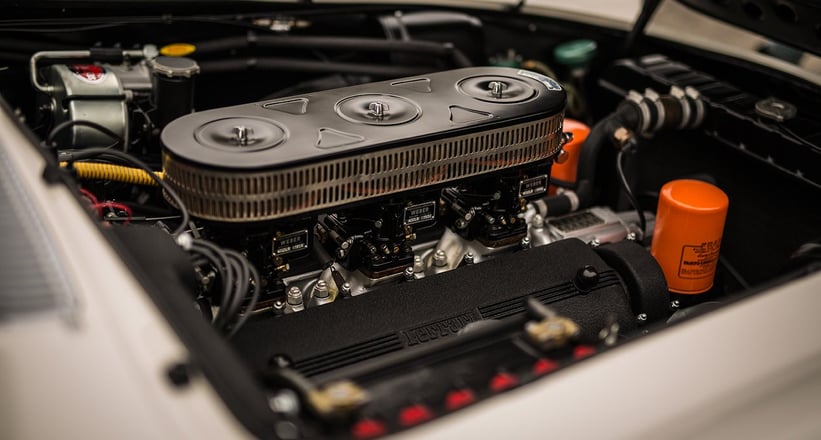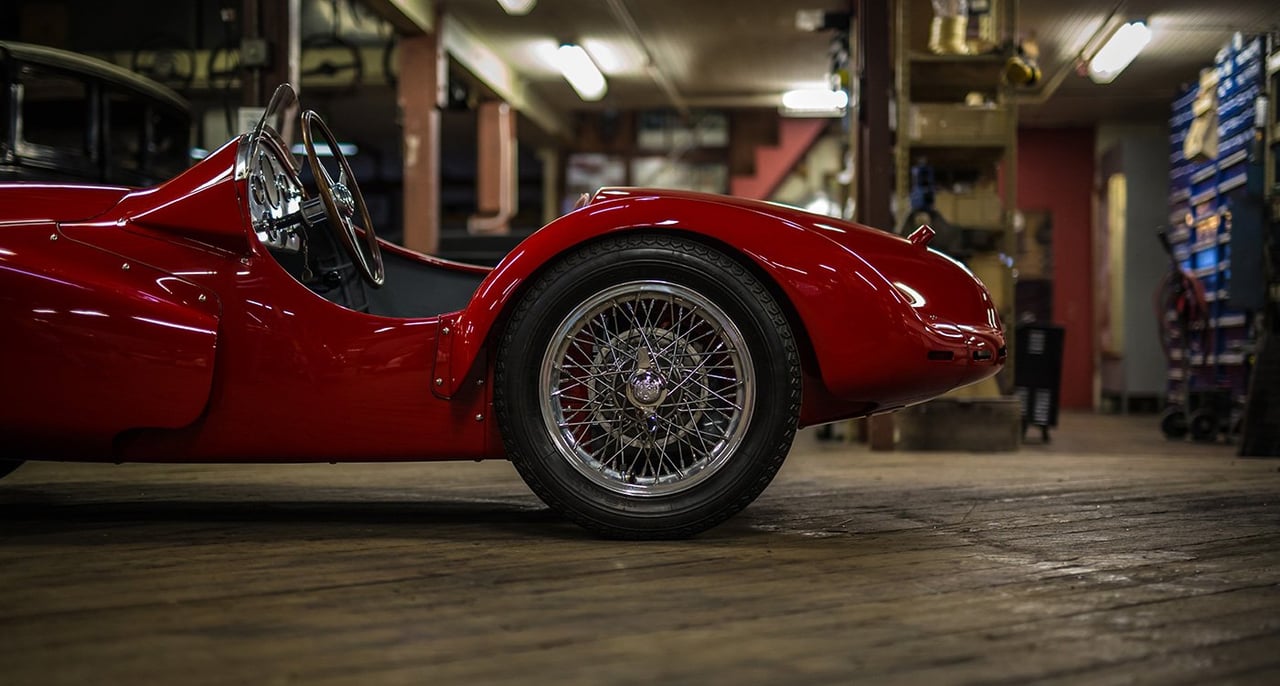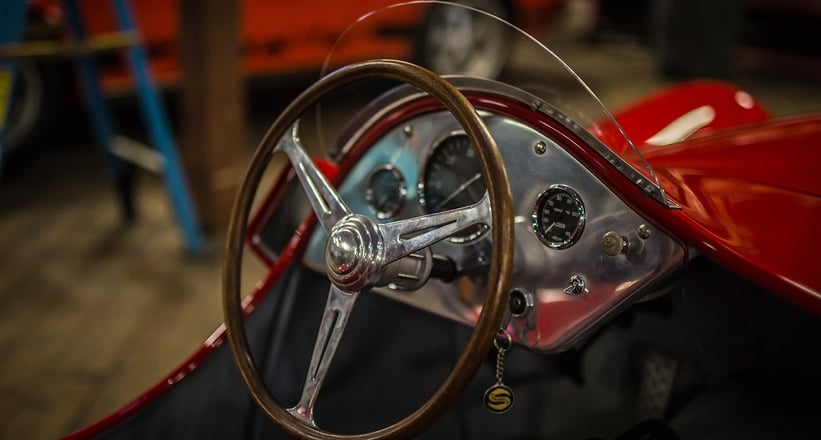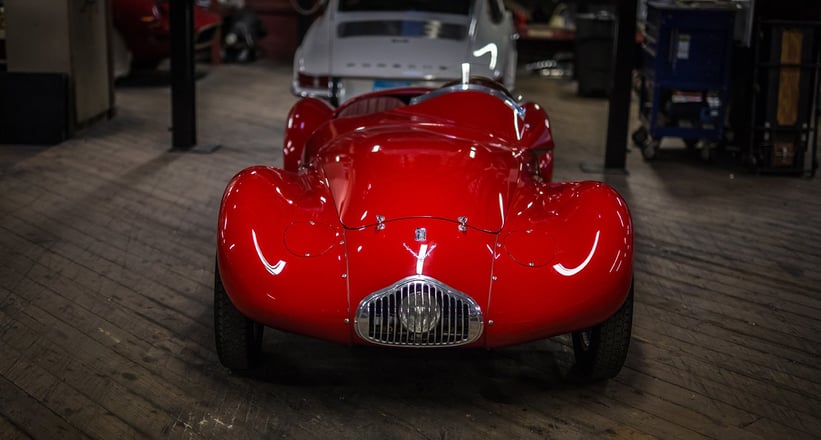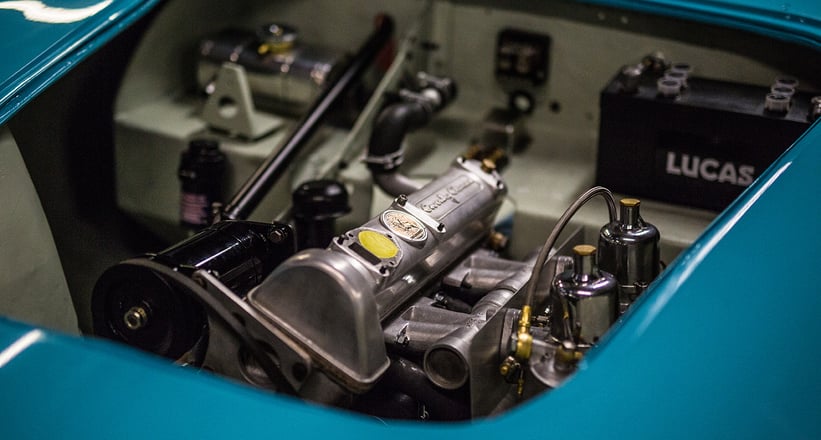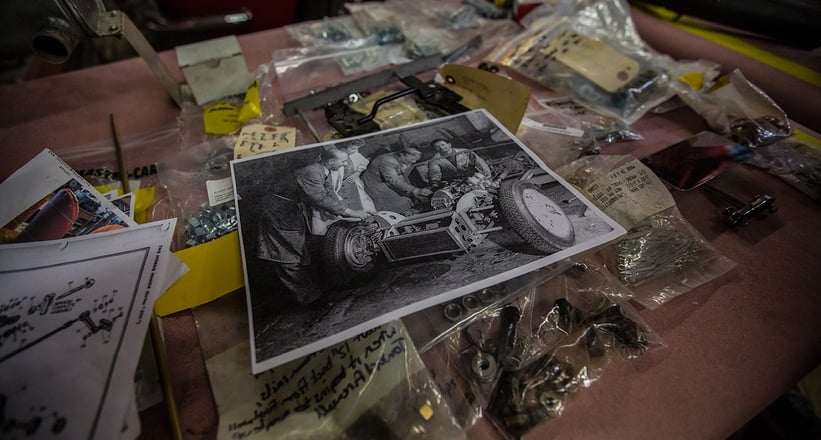Depuis dix ans, le Rajd Polski est organisé au nord de la Pologne, dans la magnifique région des Lacs de Mazurie. Alors que l’Europe occidentale suffoque sous une vague de chaleur, ici une petite brise et quelques cumulus régulent l’air ambiant à 25°C…
Il flotte comme un parfum de vacances sur la cité lacustre de Mikolajki, située à 250 km au nord de Varsovie. Après quelques orages localisés hier mardi, on annonce une tempête de ciel bleu pour cette fin de semaine.
Touristes et fans de rallye déambulent sur la Marina, alors qu’au loin, voiliers, pédalos et jet-ski batifolent sur les eaux limpides du Lac Talty. Les terrasses s’étalent sur le rivage, à l’ombre desquelles on se rafraîchit de cornets glacés ou de Ziwiec. A ce propos, une récente étude a démontré que, sur 75 villes testée dans le monde, c’est en Pologne que la bière était la moins chère…
A quelques centaines de mètres du lac, sur les hauteurs, se dresse l’immense hôtel Golebiewski qui accueille la 7e manche du Championnat du monde des Rallyes FIA. Car ce n’est pas tout à fait les vacances pour les 74 engagés au Rally Poland 2015, qui viennent de terminer les reconnaissances du parcours renouvelé à 80 %.
Mardi, les équipages ont pris en notes les spéciales de la première étape, au Nord, vers Goldap, près des frontières russes et lituaniennes. Le profil est rapide, voire ultra-rapide, sur des pistes tantôt larges, tantôt étroites entre des prairies rougies de coquelicots. Le fond des pistes reste dur, sous une couche de gravier parfois épaisse. La longue spéciale de Stanczyki (39,12 km) est superbe et somme toute assez variée même si le rythme général est rapide.
Aujourd’hui, mercredi, les concurrents ont visité les spéciales de la deuxième étape, dont la désormais célèbre Wieliczki, la plus rapide de la saison 2014 (136,88 km/h de moyenne). Ca devrait aller un peu moins vite cette année car une nouvelle portion finale emmène les concurrents sur des chemins étroits. Paprotki (ES13, 23,15 km), se dispute sur des pistes très souples et étroites qui passent de fermes en fermes. Elle ne sera parcourue qu’une fois, pour éviter une dégradation trop importante.
La prise de notes jouera un rôle déterminant dans les résultats du week-end car ces spéciales sont difficiles à « lire ». Ca va très, très vite sur des pistes parfois étroites où les virages sont masqués par de hautes herbes, avec ça ou là des « ciels » aveugles, ou des sections pavées piégeuses. Il faut beaucoup de précision et d’abnégation !
Le parc d’assistance est installé sur le parking de l’hôtel Golebiewski, dont une grande surface a été bétonnée cette année de sorte que tous les principaux teams se trouvent sur du « dur ». Il y déjà beaucoup de monde devant le stand de Robert Kubica, plus que vers les immenses structures Hyundai et Volkswagen.
Le Rally Poland 2015 débutera demain avec le Shakedown (à partir de 8h00) organisé tout près du parc. Après la cérémonie de départ sur la place de Mikolajki, les concurrents disputeront une Superspéciale, toujours dans l’enceinte de l’hôtel Golebiewski.

For the past 10 years, the Rajd Polski has been based in northern Poland’s magnificent Mazurian Lake District. While much of Europe is in the grips of a heatwave, there is a slight breeze here, and scattered clouds are keeping the temperature down to a cool 25°C.
There’s something of a holiday atmosphere here in Mikolajki which is around 250km north of Warsaw. There were some localised storms on Tuesday, but we’ve been promised fine sunny weather for the rest of the week.
The marina is full tourists and rally fans, while the more nautically-minded can be seen out on the clear waters of Lake Talty sailing yachts, or enjoying jet skis or pedal boats. On the shore are a number of terrace cafés where customers are keeping cool in the shade of a parasol with an ice cream or a Ziwiec. Interestingly, a recent study covering 75 towns revealed that the cheapest beer is to be found in Poland…
On high ground a few hundred metres inland sits the huge Golebiewski Hotel which is hosting round seven of the FIA World Rally Championship. It’s not yet holiday time for the 74 crews entered for the 2015 Rally Poland who have just returned from their recce of the stages, 80 percent of which are new this year.
Tuesday saw competitors note the first day’s essentially high-speed tests near Goldap, to the north, close to the Russian and Lithuanian borders. The roads here range from quite wide to narrow between prairies full of red poppies. The ground is hard-packed under an occasionally thick top-coating of loose gravel. The long, predominantly fast ‘Stanczyki’ stage (39.12km) is superb and quite varied.
Today (Wednesday), competitors visited the second day stages. They include the famous ‘Wieliczki’ test which was the fastest of the 2014 championship (average: 136.88kph). It should be a little slower this year because a narrower portion has been added towards the end. Paprotki (SS13, 23.15km) is soft and narrow. It runs between farms and will only be used once in order to minimise damage.
The quality and precision of the crews’ work could play a big role because the stages are quite hard to note. The speeds will be very fast, yet the roads themselves are quite narrow in places and certain corners are concealed by tall grass, not to mention a number of blind crests and paved portions.
The service park uses the Golebiewski Hotel’s car park and all the top teams will benefit from a hard surface since more concrete has been laid since 2014. The focus for spectators is naturally Robert Kubica’s marquee which is attracting more interest than the huge facilities of Hyundai and Volkswagen.
Action will begin with tomorrow morning’s shakedown at 8am. After a start ceremony in Mikolajki, crews will tackle a super-special in the grounds of the Golebiewski Hotel.


